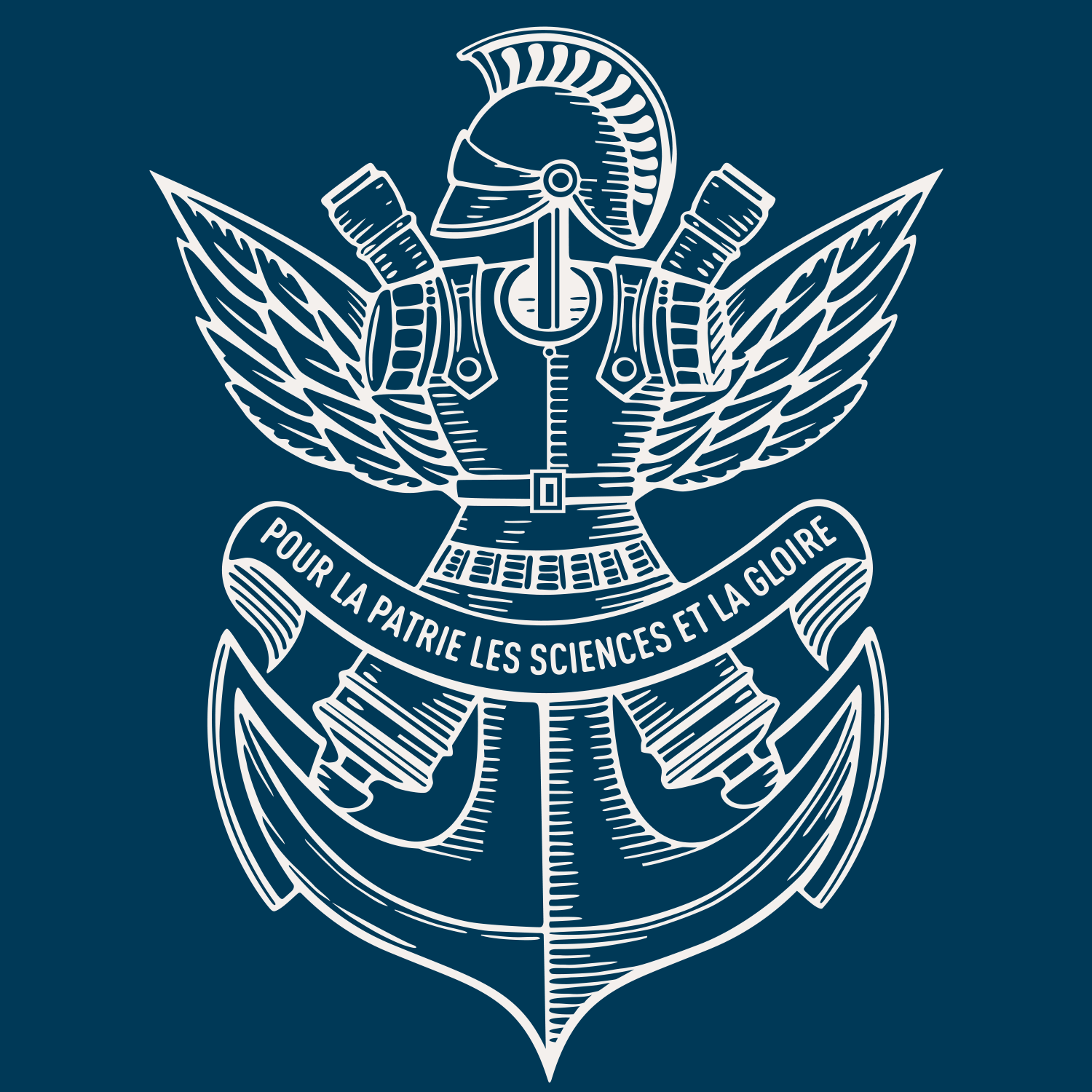Direct observation of subpicosecond vibrational dynamics in photoexcited myoglobin
Résumé
Determining the initial pathway for ultrafast energy redistribution within biomolecules is a challenge, and haem proteins, for which energy can be deposited locally in the haem moiety using short light pulses, are suitable model systems to address this issue. However, data acquired using existing experimental techniques that fail to combine sufficient structural sensitivity with adequate time resolution have resulted in alternative hypotheses concerning the interplay between energy flow among highly excited vibrational levels and potential concomitant electronic processes. By developing a femtosecond-stimulated Raman set-up, endowed with the necessary tunability to take advantage of different resonance conditions, here we visualize the temporal evolution of energy redistribution over different vibrational modes in myoglobin. We establish that the vibrational energy initially stored in the highly excited Franck–Condon manifold is transferred with different timescales into low- and high-frequency modes, prior to slow dissipation through the protein. These findings demonstrate that a newly proposed mechanism involving the population dynamics of specific vibrational modes settles the controversy on the existence of transient electronic intermediates.
Fichier principal
 fsrs-nchem4.pdf (5.67 Mo)
Télécharger le fichier
fsrs-nchem4-si.pdf (880.84 Ko)
Télécharger le fichier
fsrs-nchem4.pdf (5.67 Mo)
Télécharger le fichier
fsrs-nchem4-si.pdf (880.84 Ko)
Télécharger le fichier
| Origine | Fichiers produits par l'(les) auteur(s) |
|---|
Loading...

